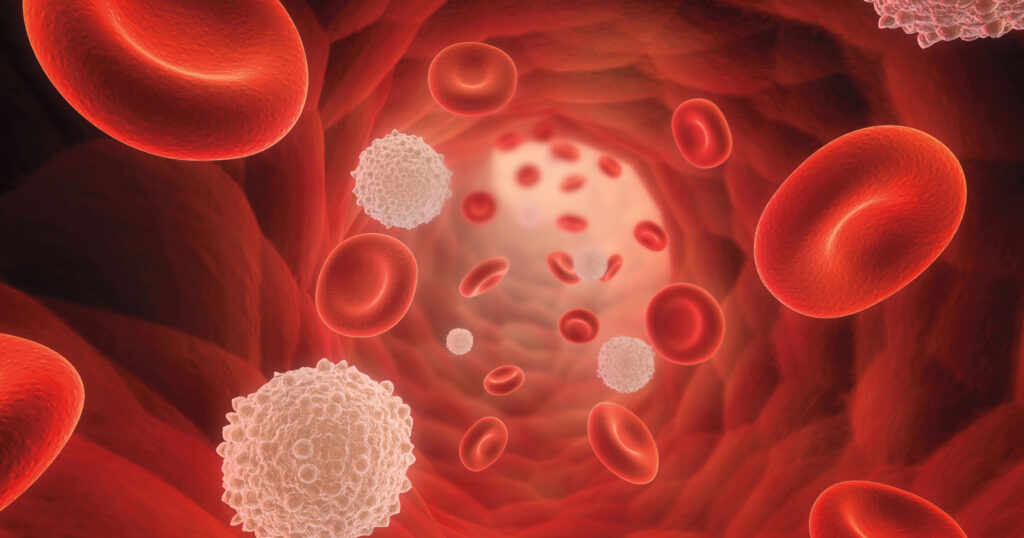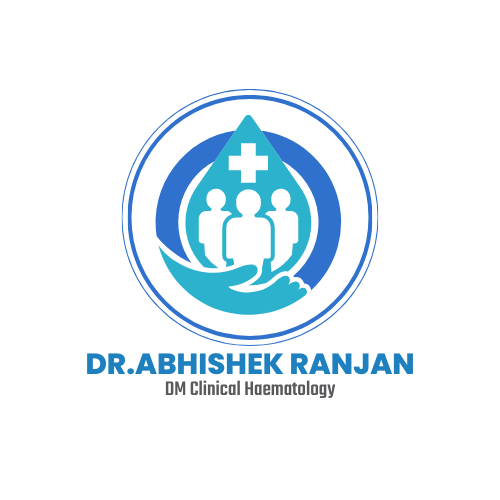
Hemophilia

Overview
Hemophilia is a rare disorder in which the blood doesn’t clot in the typical way because it doesn’t have enough blood-clotting proteins (clotting factors). If you have hemophilia, you might bleed for a longer time after an injury than you would if your blood clotted properly.
Small cuts usually aren’t much of a problem. If you have a severe form of the condition, the main concern is bleeding inside your body, especially in your knees, ankles and elbows. Internal bleeding can damage your organs and tissues and be life-threatening.
Hemophilia is almost always a genetic disorder. Treatment includes regular replacement of the specific clotting factor that is reduced. Newer therapies that don’t contain clotting factors also are being used.
Symptoms
Signs and symptoms of hemophilia vary, depending on your level of clotting factors. If your clotting-factor level is mildly reduced, you might bleed only after surgery or trauma. If your deficiency is severe, you can bleed easily for seemingly no reason.
Signs and symptoms of spontaneous bleeding include:
- Unexplained and excessive bleeding from cuts or injuries, or after surgery or dental work
- Many large or deep bruises
- Unusual bleeding after vaccinations
- Pain, swelling or tightness in your joints
- Blood in your urine or stool
- Nosebleeds without a known cause
- In infants, unexplained irritability
Causes
When a person bleeds, the body typically pools blood cells together to form a clot to stop the bleeding. Clotting factors are proteins in the blood that work with cells known as platelets to form clots. Hemophilia occurs when a clotting factor is missing or levels of the clotting factor are low.
Congenital hemophilia
Hemophilia is usually inherited, meaning a person is born with the disorder (congenital). Congenital hemophilia is classified by the type of clotting factor that’s low.
The most common type is hemophilia A, associated with a low level of factor 8 The next most common type is hemophilia B, associated with a low level of factor 9.
Acquired hemophilia
Some people develop hemophilia with no family history of the disorder. This is called acquired hemophilia.
Acquired hemophilia is a variety of the condition that occurs when a person’s immune system attacks clotting factor 8 or 9 in the blood. It can be associated with:
- Pregnancy
- Autoimmune conditions
- Cancer
- Multiple sclerosis
- Drug reactions
Hemophilia inheritance
In the most common types of hemophilia, the faulty gene is located on the X chromosome. Everyone has two sex chromosomes, one from each parent. Females inherit an X chromosome from the mother and an X chromosome from the father. Males inherit an X chromosome from the mother and a Y chromosome from the father.
This means that hemophilia almost always occurs in boys and is passed from mother to son through one of the mother’s genes. Most women with the defective gene are carriers who have no signs or symptoms of hemophilia. But some carriers can have bleeding symptoms if their clotting factors are moderately decreased.
When to see a doctor
Seek emergency care if you or your child has:
- Signs or symptoms of bleeding into the brain
- An injury in which the bleeding won’t stop
- Swollen joints that are hot to the touch and painful to bend
Risk factors
The biggest risk factor for hemophilia is to have family members who also have the disorder. Males are much more likely to have hemophilia than are females.
Complications
Complications of hemophilia can include:
- Deep internal bleeding. Bleeding that occurs in deep muscle can cause the limbs to swell. The swelling can press on nerves and lead to numbness or pain. Depending on where the bleeding occurs, it could be life-threatening.
- Bleeding into the throat or neck. This can affect a person’s ability to breathe.
- Damage to joints. Internal bleeding can put pressure on the joints, causing severe pain. Left untreated, frequent internal bleeding can cause arthritis or destruction of the joint.
- Infection. If the clotting factors used to treat hemophilia come from human blood, there’s an increased risk of viral infections such as hepatitis C. Because of donor screening techniques, the risk is low.
- Adverse reaction to clotting factor treatment. In some people with severe hemophilia, the immune system has a negative reaction to the clotting factors used to treat bleeding. When this happens, the immune system develops proteins that keep the clotting factors from working, making treatment less effective.
Diagnosis
Severe cases of hemophilia usually are diagnosed within the first year of life. Mild forms might not be apparent until adulthood. Some people learn they have hemophilia after they bleed excessively during a surgical procedure.
Clotting-factor tests can reveal a clotting-factor deficiency and determine how severe the hemophilia is.
For people with a family history of hemophilia, genetic testing might be used to identify carriers to make informed decisions about becoming pregnant.
It’s also possible to determine during pregnancy if the fetus is affected by hemophilia. However, the testing poses some risks to the fetus. Discuss the benefits and risks of testing with your doctor.
Treatment
The main treatment for severe hemophilia involves replacing the clotting factor you need through a tube in a vein.
This replacement therapy can be given to treat a bleeding episode in progress. It can also be given on a regular schedule at home to help prevent bleeding episodes. Some people receive continuous replacement therapy.
Replacement clotting factor can be made from donated blood. Similar products, called recombinant clotting factors, are made in a laboratory, not from human blood.
Other therapies include:
- Desmopressin. In some forms of mild hemophilia, this hormone can stimulate the body to release more clotting factor. It can be injected slowly into a vein or used as a nasal spray.
- Emicizumab (Hemlibra). This is a newer drug that doesn’t include clotting factors. This drug can help prevent bleeding episodes in people with hemophilia A.
- Clot-preserving medications. Also known as anti-fibrinolytics, these medications help prevent clots from breaking down.
- Fibrin sealants. These can be applied directly to wound sites to promote clotting and healing. Fibrin sealants are especially useful for dental work.
- Physical therapy. It can ease signs and symptoms if internal bleeding has damaged your joints. Severe damage might require surgery.
- First aid for minor cuts. Using pressure and a bandage will generally take care of the bleeding. For small areas of bleeding beneath the skin, use an ice pack. Ice pops can be used to slow down minor bleeding in the mouth.


